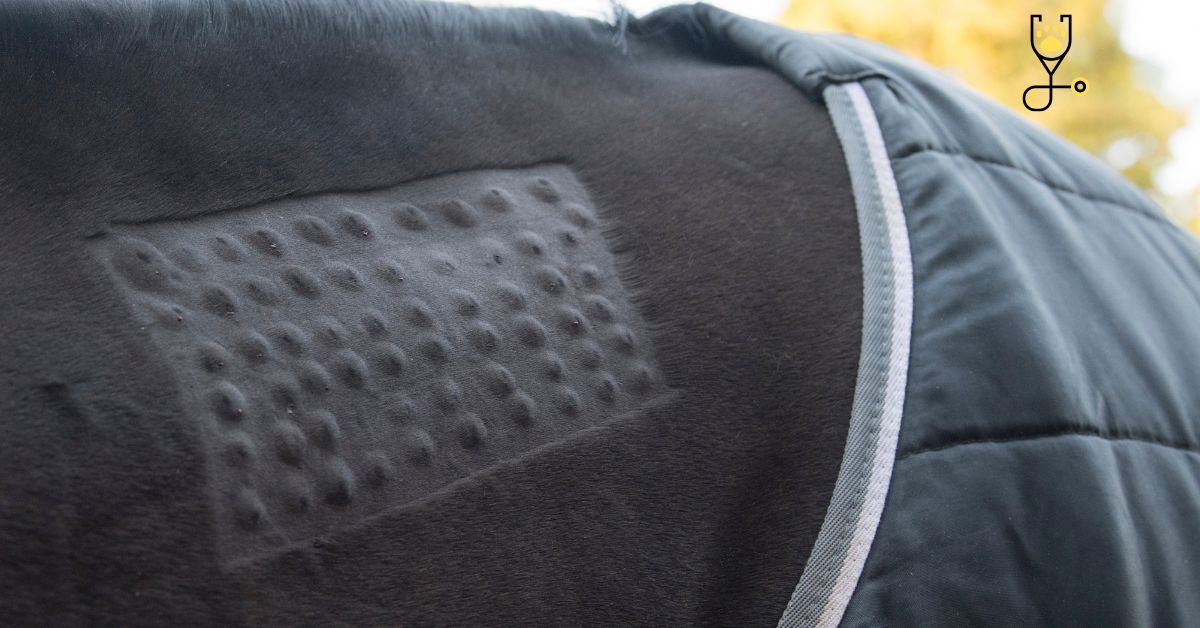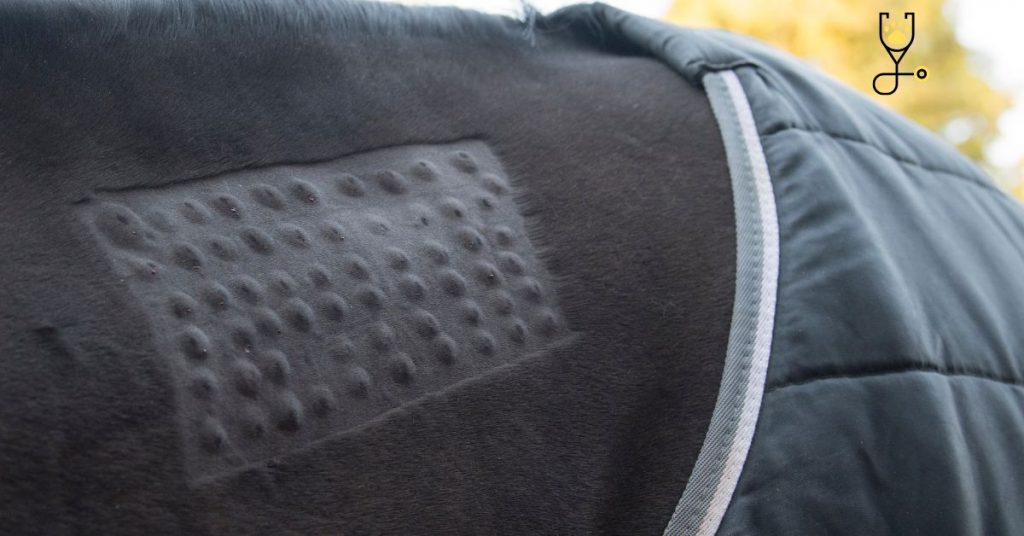There are a number of dangerous skin diseases and conditions that can affect horses. In some cases, the horse’s skin may become inflamed, infected, or develop a tumor. Some of these diseases and conditions can be quite serious and may require treatment from a veterinarian. In this blog post, we will discuss eight of the most common dangerous horse skin diseases and conditions. We will also outline the symptoms and treatments for each one. So if you are a horse owner or lover, it is important to be aware of these dangers so you can help keep your horse healthy and safe.
1. Sunburn
Sunburn is a type of skin damage that can be very dangerous for horses. It occurs when the horse’s skin is exposed to too much UV light. Sunburn can occur anywhere on the horse’s body but is most commonly found on the head and neck. Symptoms of sunburn include redness, pain, and swelling. Sunburn can be treated with topical medications, but it can be very difficult to get rid of.

Treatment for sunburn
The best way to treat sunburn is with topical medications. These can be applied to the affected area to help relieve pain and swelling. In some cases, it may take several weeks or even months for the sunburn to heal completely.
2. Cushing’s Disease
Cushing’s disease is a hormonal disorder that can be very dangerous for horses. It is caused by a tumor on the pituitary gland, which is located at the base of the brain. This tumor causes the body to produce too much of the hormone cortisol. Cortisol is a stress hormone that helps the body cope with stress, but too much of it can cause a number of health problems. Symptoms of Cushing’s disease include a long, thick coat, weight gain, muscle wasting, increased thirst and urination, and behavioral changes. Cushing’s disease can be very difficult to diagnose because the symptoms are similar to those of other diseases.

Treatment for Cushing’s disease
Treatment for Cushing’s disease involves surgery to remove the tumor on the pituitary gland. If the tumor is small, it may be possible to treat it with radiation therapy. In some cases, medication may be prescribed to help control the symptoms of Cushing’s disease.
3. Sweet Itch
Sweet itch is a type of allergic reaction that can be very dangerous for horses. It is caused by an allergy to the saliva of certain insects, such as Culicoides midges. These insects bite the horse and release their saliva into the wound. The horse’s immune system reacts to the foreign substance and causes an allergic reaction. Symptoms of sweet itch include intense itching, hair loss, open sores, and scabs. The sweet itch can be very uncomfortable for horses and can lead to serious skin infections.
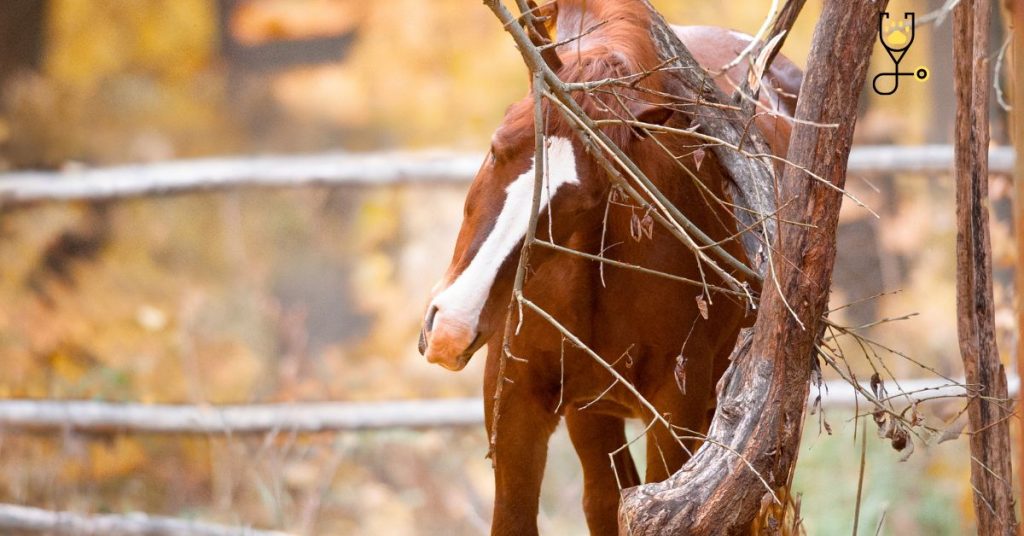
Treatment for sweet itch
There is no cure for sweet itch, but there are a few things that can be done to help manage the symptoms. These include insecticidal sprays, fly sheets, and stabbing the horse during peak biting times. Medications may also be prescribed to help relieve the itching and inflammation.
4. melanomas
Melanomas are a type of skin cancer that can be very dangerous for horses. They are caused by the overgrowth of melanocytes, which are the cells that produce the pigment melanin. Melanomas can occur anywhere on the horse’s body but are most commonly found on the head and neck. Symptoms of melanomas include dark spots on the skin, hair loss, and bleeding. Melanomas can be benign or malignant, but either type can be very dangerous. Malignant melanomas can spread to other parts of the body and are very difficult to treat.

Treatment for melanomas
Treatment for melanomas depends on the type of tumor. Benign tumors can often be treated with surgery, while malignant tumors may require more aggressive treatment, such as radiation therapy or chemotherapy. In some cases, medication may be prescribed to help control the symptoms of melanomas.
5. equine skin cancer
Equine skin cancer is a type of cancer that can be very dangerous for horses. It can occur anywhere on the horse’s body but is most commonly found on the head and neck. Symptoms of equine skin cancer include dark spots on the skin, hair loss, and bleeding. Equine skin cancer can be benign or malignant, but either type can be very dangerous. Malignant tumors can spread to other parts of the body and are very difficult to treat.

Treatment for equine skin cancer
Treatment for equine skin cancer depends on the type of tumor. Benign tumors can often be treated with surgery, while malignant tumors may require more aggressive treatment, such as radiation therapy or chemotherapy. In some cases, medication may be prescribed to help control the symptoms of equine skin cancer.
6. sarcoids
Sarcoids are a type of cancer that can be very dangerous for horses. They are caused by the overgrowth of cells in the horse’s immune system. Sarcoids can occur anywhere on the horse’s body but are most commonly found on the head and neck. Symptoms of sarcoids include dark spots on the skin, hair loss, and bleeding. Sarcoids can be benign or malignant, but either type can be very dangerous. Malignant tumors can spread to other parts of the body and are very difficult to treat.

Treatment for sarcoids
Treatment for sarcoids depends on the type of tumor. Benign tumors can often be treated with surgery, while malignant tumors may require more aggressive treatment, such as radiation therapy or chemotherapy. In some cases, medication may be prescribed to help control the symptoms of sarcoids.
7. lupus
Lupus is an autoimmune disease that can be very dangerous for horses. It occurs when the horse’s immune system attacks healthy tissue. Lupus can occur anywhere on the horse’s body but is most commonly found on the head and neck. Symptoms of lupus include dark spots on the skin, hair loss, and bleeding. Lupus can be very difficult to treat and may require medication or even surgery.
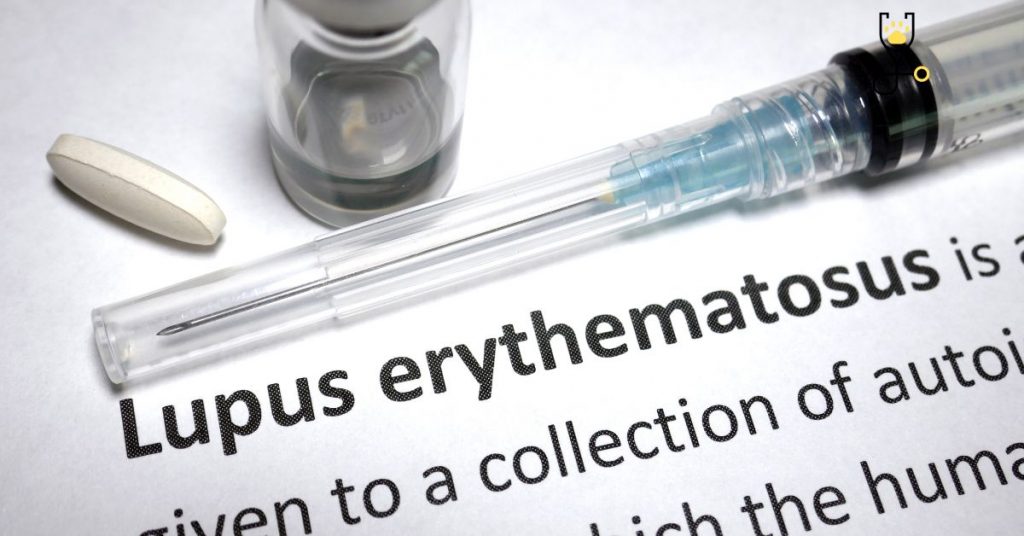
Treatment for lupus
There is no cure for lupus, but there are a few things that can be done to help manage the symptoms. These include medications, UV light therapy, and immunosuppressive drugs. In some cases, surgery may be necessary to remove affected tissues.
8. ringworm
Ringworm is a fungal infection that can be very dangerous for horses. It is most commonly found on the head and neck but can occur anywhere on the body. Symptoms of ringworm include dark spots on the skin, hair loss, and itching. Ringworm can be treated with antifungal medications, but it can be very difficult to get rid of.
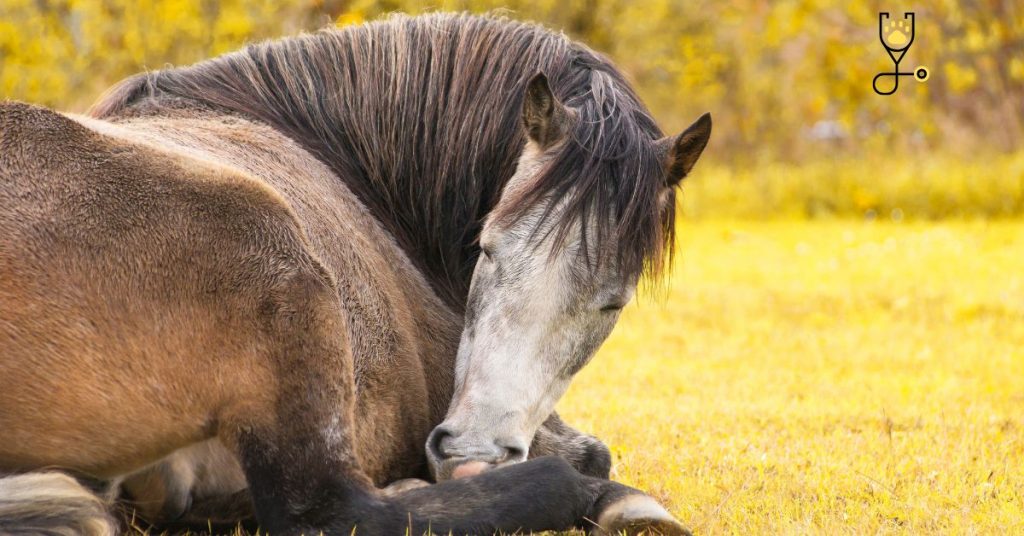
Treatment for ringworm
The best way to treat ringworm is with antifungal medications. These can be applied topically or orally. In some cases, it may take several weeks or even months to get rid of the infection completely.
Conclusion
There are many different types of cancer that can affect horses. Some, like melanomas, are more common than others. Treatment for cancer in horses depends on the type of tumor. Benign tumors can often be treated with surgery, while malignant tumors may require more aggressive treatment, such as radiation therapy or chemotherapy. In some cases, medication may be prescribed to help control the symptoms of cancer.
Frequently Asked Questions
1. What are the most common types of cancer in horses?
The most common types of cancer in horses are melanomas, sarcoids, and lupus.
2. What are the symptoms of cancer in horses?
Symptoms of cancer in horses include dark spots on the skin, hair loss, and bleeding.
3. How is cancer in horses treated?
Treatment for cancer in horses depends on the type of tumor. Benign tumors can often be treated with surgery, while malignant tumors may require more aggressive treatment, such as radiation therapy or chemotherapy. In some cases, medication may be prescribed to help control the symptoms of cancer.
4. Can cancer in horses be cured?
In some cases, cancer in horses can be cured. However, it is often difficult to treat and may require aggressive treatment.
5. How can I prevent cancer in my horse?
There is no sure way to prevent cancer in horses. However, you can help reduce your horse’s risk by providing them with a healthy diet and environment and regularly checking them for any changes in their health.
